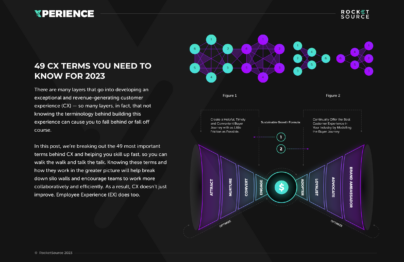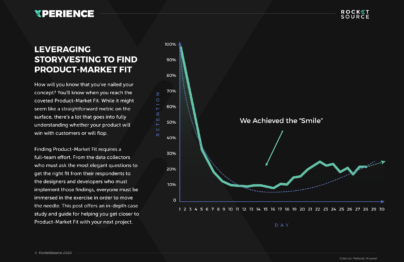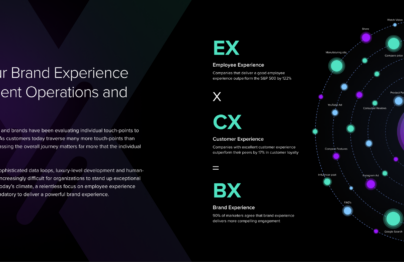Party data incorporates data from various first, second and third-party sources. The goal is to gain deeper insights into how the organization can reach consumers and ultimately push up the S Curve of Growth. As data becomes more of a lifeline between the business and the marketplace, many organizations are leveraging these data points to create a more dynamic understanding of consumer cohorts.

Types of Party Data
First
First-party data refers to what an organization collects in-house, such as from call centers, website interactions, or point-of-sale data.
This data is best used for:
- Personalizing experiences
- Increasing Average Order Values (AOV)
- Building consumer trust
Second
Second-party data refers to any data that was collected by an outside source, such as consumer surveys, app interactions, or social media.
This data is best used for:
- Adding context to data sets
- Expanding audience reach
- Analyzing performance
Third
Third-party data is what’s purchased from an outside source. This data type usually consists of demographics, online behaviors, and propensities.
This data is best used for:
- Supplementing data sets
- Identifying new prospects
- Enhancing marketing targets
Zero
Zero-party data consists of anything that was voluntarily given to an organization by a consumer, such as through quizzes or loyalty programs.
This data is best used for:
- Building trust with an audience
- Personalizing experiences
- Identifying purchase intent
With an influx of privacy and security concerns, organizations are working to fuse these four types of data into a single-party data source to reimagine how they understand the wants, needs and habits of consumers. While the data points are valuable, intelligent organizations must also operate with a strategic framework to pinpoint the subtle nuances within the data sets and align them with emotional and logical behavioral economics. Through this alignment, organizations can best leverage party data for maximum impact.

Looking for the Customer’s “Why”
One of the primary things organizations clarify is their why. This represents the company’s mission and the legacy it wants to leave in the market.
Consumers also have a why. Knowing the consumer’s behavioral why — why they start their search, why they buy and stay with one brand over another — can help organizations sift through party data to find nuanced insights.
Identifying these nuances starts with the internal team. Having vested employees in the organization’s story will help team members know how to align best what’s being seen in party data with the organization’s mission and vision. Guiding this process through the lens of a strategic framework is crucial to helping teams lean into what’s relevant and leave behind what’s not.
Putting Up the Party Data Guardrails With a North Star Metric
A North Star Metric is a single metric or set of motion metrics that provide a focus for teams as they sift through a wealth of party data. For the North Star Metric to get leveraged appropriately and keep the guardrails up, it must be easy to understand, reflect customer value, correlate with the organization’s growth, be measurable and progressive, and be tied to Lifetime Value (LTV).
This type of metric or constellation of metrics is crucial as teams are met with an influx of data points and resources because it allows teams to filter out what’s relevant. It’s through a North Star Metric framework, like StoryVesting, that teams can better understand where to put focus and what the organization’s audience needs to avoid churning or going to a competitor.
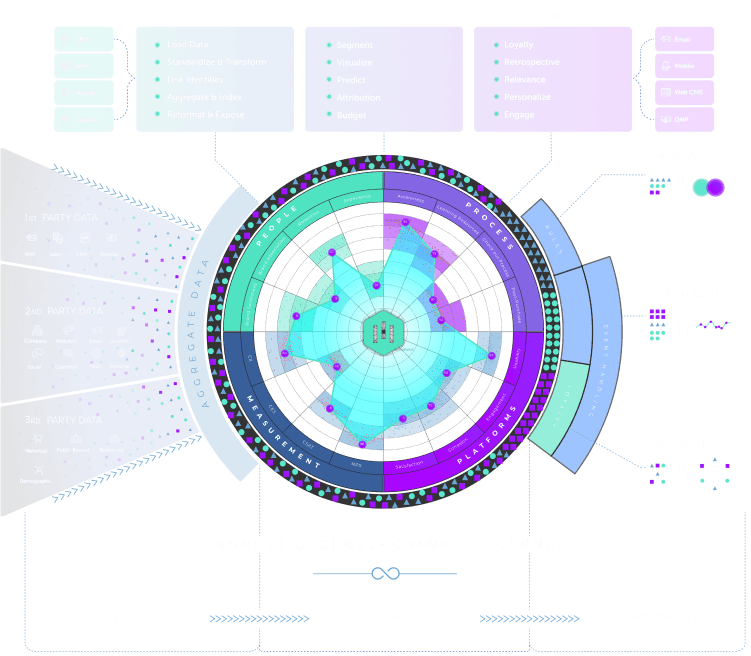
Bringing Party Data Together Into a Single Source of Truth
As teams bring together first, second, third and zero party data, they can cultivate a single source of truth or a single data lake to uncover nuances in consumer and employee behaviors.
This single source of truth allows teams to stay consistent and organized when digging into behavioral insights. Consistency is even more crucial as leaders make key decisions around revenue operations and revenue acceleration initiatives. Without a dynamic database to support party data streams alongside a strategic framework, it’s difficult to take these insights and generate a lasting impact.
Leveraging Party Data Successfully
Successfully leveraging party data requires teams to expand their thinking beyond facts and figures. Through this deeper analysis, organizations can uncover why a customer stays with a brand, how to keep them there, and why a customer chooses one organization over another.
Think Like a Scientist
Treating the business world like a scientist would allow teams to start researching and fact-finding rather than stopping in hypothesis mode. In doing so, employees can better define more powerful strategies that are rooted in data and proven to drive growth.
Think Like a Psychologist
Human behavior is complex. For organizations facing a strategic inflection point, thinking like a psychologist is equally important. This allows teams to understand behavioral economics better and get into the details around cognitive bias, cognitive associations, and more.

Think Like an Anthropologist
When it comes to finding new opportunities, organizations must think like anthropologists, collecting evidence from the field and observing consumers in their natural habitat. It’s here employees can understand how to augment that experience in the best way possible..
Customer Experience (CX) Terms
- 360° Degree View of the Customer
- AI Ops
- Barlow Bands
- Behavioral Triggers
- Bow Tie Funnel
- Brick-to-Click
- Business Impact Analysis (BIA)
- Cognitive Computing
- Cohort Analytics
- Content Mapping
- Conversational User Guidance
- Customer Data Profile
- Customer Experience (CX)
- Customer Friction
- Customer Insights Map
- Customer Journey
- Customer Journey Mapping
- Customer Satisfaction (CSAT)
- Customized Ratios
- CX Intelligence
- CX Led Growth
- CX Metrics
- Data as a Product (DaaP)
- Data as a Service (DaaS)
- Data Culture
- Data Driven
- Data Engineering
- Data Fabric
- Data Governance
- Data Humanization
- Data Hygiene
- Data Looping
- Data Mapping
- Data Mining
- Data Modeling
- Data Monetization
- Data Swamp
- Data Visualization
- Data Warehouse
- Data-Centric
- Descriptive Analytics
- Diagnostic Analytics
- Digital Asset Management (DAM)
- Digital Transformation
- Dirty Data In Dirty Data Out
- Embedded Intelligence
- Empathy Mapping
- Employee Data Profile
- Employee Experience (EX)
- EX to CX Data Mapping
- EX to CX Mapping
- Experience Management (XM)
- Gap Analysis
- Generative AI
- Human-Centered Design (HCD)
- Journey Analytics
- Machine Learning (ML)
- Managed Agile Services on Demand
- Modified Hoshin
- North Star Metric
- Party Data
- Pathway to Purchase
- Predictive Analytics
- Product-Market Fit Mapping
- Real Time Design Looping
- Revenue Acceleration
- RevOps
- S Curve of Growth
- Stack Impact Analysis
- StoryVesting
- Table Stakes Testing
- The 3 P’s
- User Experience (UX)
- User Insights Map
- User Interface (UI)
- Voice of the Customer (VoC)
- Voice of the Employee (VoE)
- World Cloud Generator Sentiment Mining
- X Analytics

